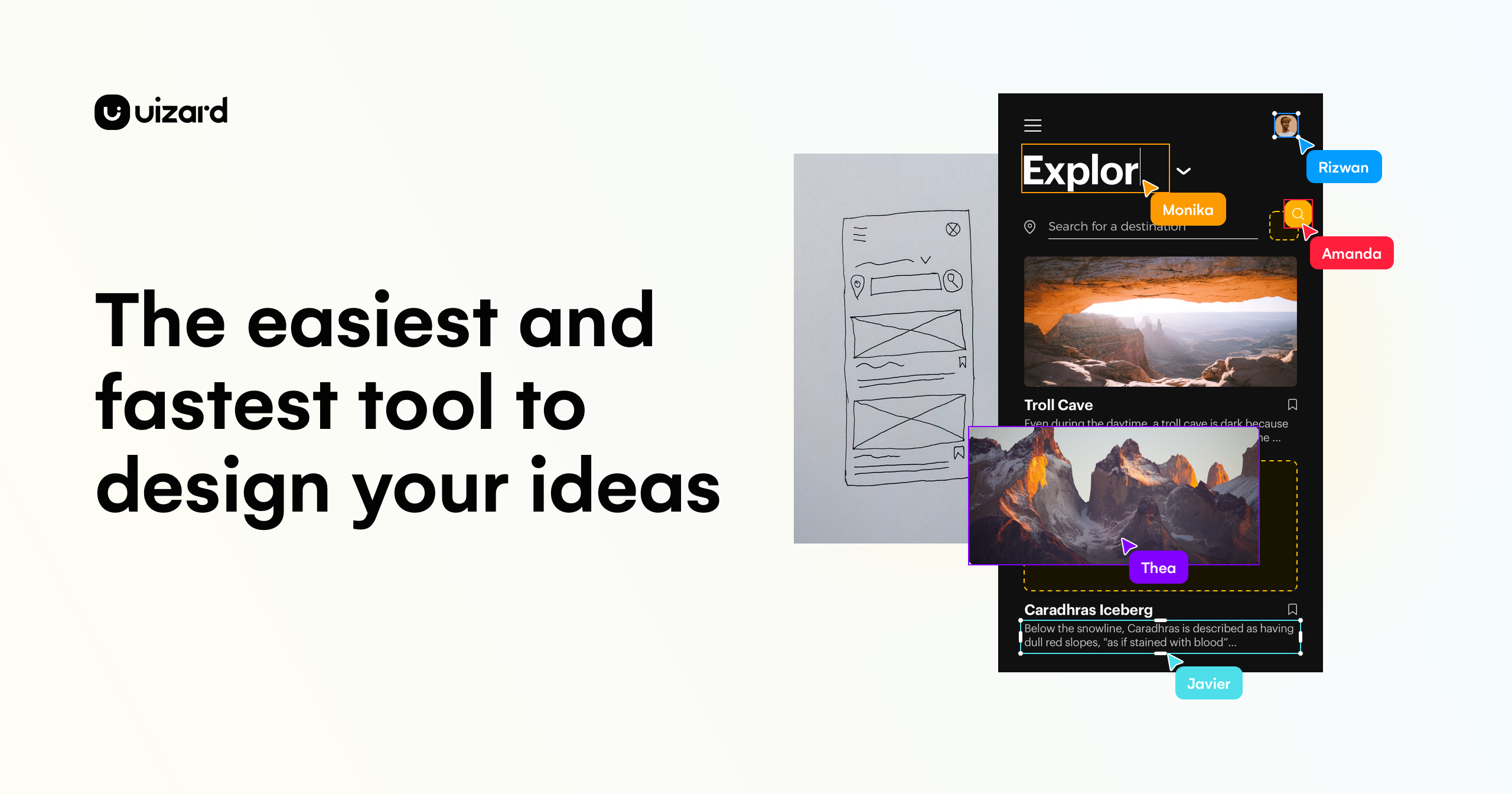- the analysis game
- Posts
- Utilising Generative AI at Project Discovery.
Utilising Generative AI at Project Discovery.
Prompt Engineering: The Essential New Skill for Business Analysts.

Project Discovery Meeting by the Author
In the book Business Analysis Techniques, 72 Essential Tools for Success, the authors divide Requirements Management1 into four categories:
Requirements Elicitation: Techniques used to investigate, identify requirements from stakeholders
Requirements Analysis: The organisation, grouping and management of requirements
Requirements Development: Techniques to ensure that requirements are created to specific standards
Requirements Modelling: Conceptual modelling techniques such as use case diagrams, Entity Relationship Diagrams that support textual requirements
All four categories are evident in the project discovery phase.

Project Discovery by the Author.
Project Discovery typically occurs over a 2–3 week period, with multiple activities between project and client teams; the purpose - to align on vision, goals and scope.
Business Analyst Responsibilities
For Business Analysts (BA), non-linear activities during this period include:
Requirements Elicitation | Requirements Analysis | Requirements Development | Requirements Modelling |
|---|---|---|---|
Market & Project Analysis | Draft Requirements | Review Requirements with Project Team | Prototype Development |
Stakeholder Meeting Prep | Organise Requirements | Acceptance Criteria | Process Mapping |
Identify Key Requirements / Processes | Requirements Prioritisation | Data Analysis | Diagramming |
Document Objectives / Goals | Initial Documentation Review | Requirements Sign off | Conceptual Modelling |
At the end of the 2- 3 week period, client and project teams must be aligned on vision, goals and scope.
Generative AI Capabilities
Generative AI2 capabilities include the generation of images, videos, code all using natural language via prompt engineering3 .

Generative AI: Transforming Project Discovery for Business Analysts, by the Author
It supports all the above tasks undertaken by BA’s within project discovery.
Tools
The list of Generative AI tools grows by the hour!
I’ve chosen three tools for BA use across all requirements management categories.
I recently came across BA Co-Pilot - a BA specific tool.
Developed by EXL, BA Co-Pilot "integrates Generative AI into the Software Development Life Cycle enhancing efficiency and reducing defects during User Acceptance Testing (UAT)."
Later in the video, they outline EXL’s performance metrics:
50% effort reduction in creating user stories, test cases and business requirement documents
Reduce UAT issues by 50%
70% reduction in re-work.
I haven't tried EXL so I can't validate the above.
However, impressive time savings!
As a general tool, I prefer Anthropic's Claude.
The regular models as well as Projects and Artifacts assist with all the capabilities shown in the Generative AI diagram.
For prototyping, there's Uizard allowing the generation of wireframes and prototypes using natural language prompts.
All these tools cut the time to produce documentation (as much as 50% according to EXL), leaving more time to focus on project success.
Prompts
Below are two examples of prompts I’ve used to help with meeting preparation and document summarisation.
Content Generation | Summarisation |
|---|---|
Act as a Senior Business Analyst I want you to provide and describe 5 key Source: Using Large Language Models for New Project Preparation and Planning. | You will generate increasingly concise, entity-dense summaries of the attached text. Source: Chain of Density Prompting: A New Way to Generate Better Summaries with Generative AI. |
Benefits and Risks
I've saved significant amounts of time utilising both prompts.
With the summarisation prompt, Claude:
reads and summarises documents
I check for hallucinations and inaccuracies
Once reviewed and verified, on to the next task.
Organisations are rightly concerned about data privacy and security - will LLM's learn / train off key organisational data? Valid concerns. However, there are now Enterprise versions of Claude and Open AI's ChatGPT designed with these concerns in mind.
In Conclusion
Generative AI augments BA’s by combining domain skills with Generative AI capabilities. We can automate elicitation, analysis, development and modelling activities, ensuring their outputs are at the required quality.
For example, set up prompt repositories to undertake:
Market / Project Analysis
Automatically write backlogs to agreed standards
Prototype design prompts for eCommerce desktop and mobile sites
At the start of a new project, visit the repository, use and modify the prompts as needed.
Time Savings
I’ve spoken about time savings, but how much time is actually saved?
Figures vary:
It’s confusing, unclear. However, 40% time savings ‘feels’ about right.
In a 3 week project discovery that’s 6 days back!
Time enough to solidify the vision, goals and scope as well as mitigating against the common causes of project failure.
Call to Action
Clearly, Generative AI isn’t just for project discovery. It’s universally used by BA’s and others for a range of tasks. There’s the following calls to action for BA’s:
Automate: Review, evaluate project and client processes. Automate where it makes sense
Educate: Dive into courses to learn more about Generative AI applications
Be Informed: Keep up to date with the latest developments, courses and tools
Review: Prompt repositories, what worked, what could be improved
Some resources to get you started.
 Generative AI CTA’s | Courses YouTube |


Reply